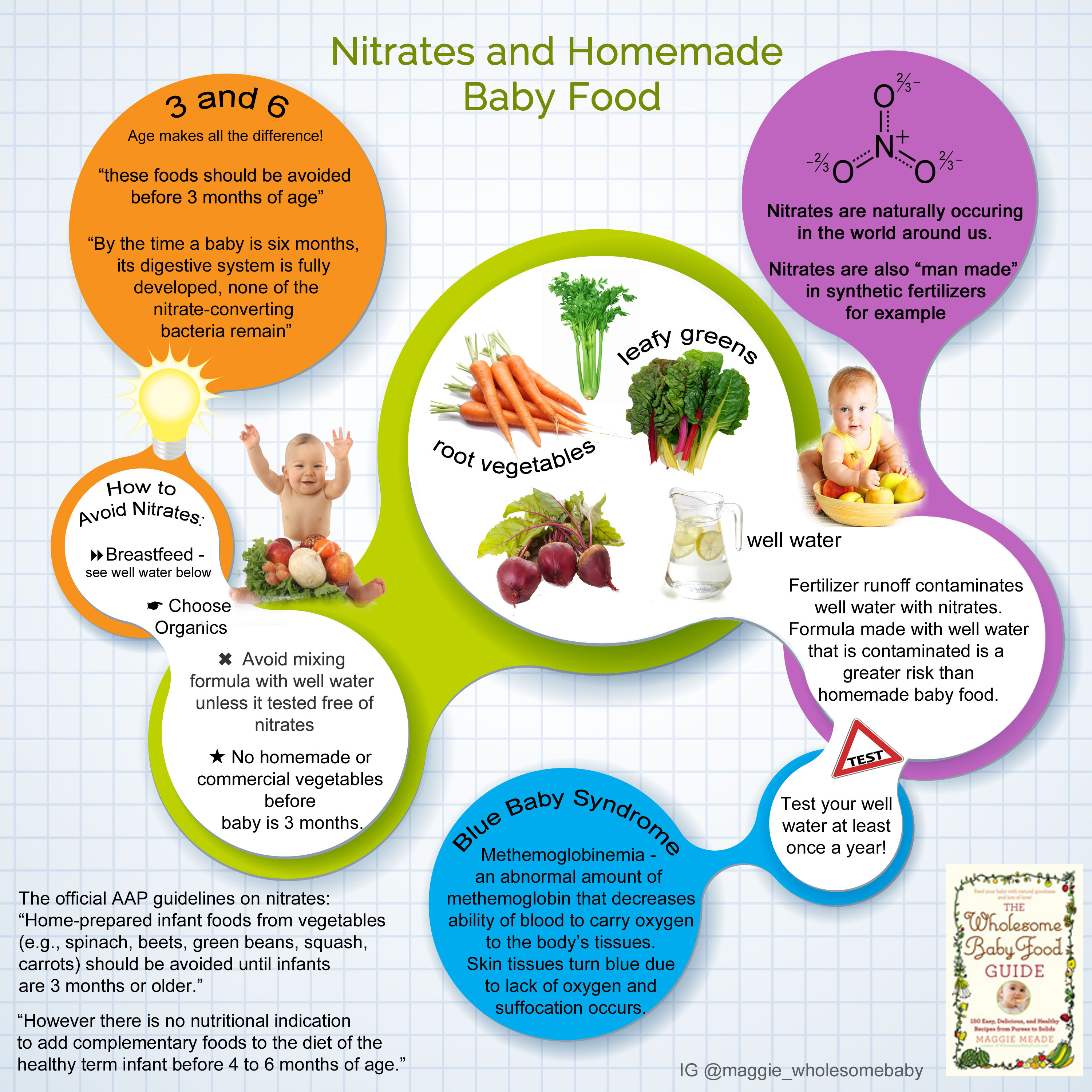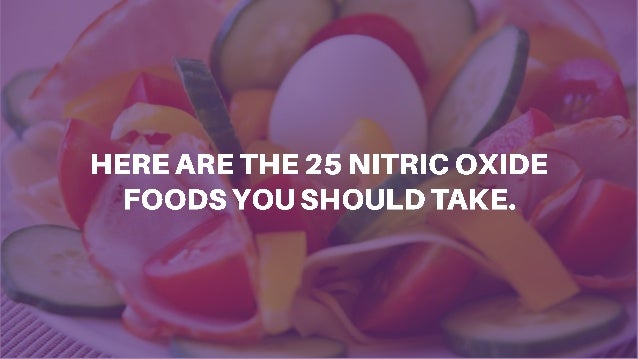Leafy Greens: A Wealth of Nitrates
Nitrate-rich foods, particularly leafy greens, are a crucial component of a balanced diet. These vegetables, including spinach, arugula, and lettuce, contain substantial amounts of nitrates that can contribute to various health benefits.
Spinach, for instance, is not only rich in nitrates but also provides a wealth of other essential nutrients, such as vitamins A, C, and K1, as well as iron and calcium. Arugula, another nitrate-rich green, contains various antioxidants and is low in calories, making it an excellent option for those looking to maintain a healthy weight. Lettuce, particularly romaine, is also a significant source of nitrates and is high in vitamin A and K.
To incorporate these nitrate-rich foods into your meals, consider adding a generous serving of spinach or arugula to your salads, sandwiches, or wraps. Alternatively, use these greens as a base for a nutrient-dense bowl, topped with lean proteins, whole grains, and other vegetables. When preparing leafy greens, remember that nitrate content can be affected by storage and cooking methods. For optimal nitrate retention, store greens in the refrigerator and consume them raw or lightly cooked.
Incorporating nitrate-rich leafy greens into your diet can offer numerous health benefits. Research has shown that increased nitrate consumption from vegetables can lead to improved cardiovascular health, reduced blood pressure, and enhanced exercise performance. By making these simple changes to your diet, you can take advantage of the many advantages that nitrate-rich foods have to offer.
Beetroot: The Star Nitrate Vegetable
Beetroot stands out as one of the most exceptional nitrate-rich foods, with its vibrant color and various forms, including whole, juice, and powder. The high nitrate content of beetroot has been associated with numerous health benefits, particularly in the realms of exercise performance and cardiovascular health.
Consuming beetroot or beetroot juice before exercise has been shown to enhance blood flow, reduce oxygen consumption, and improve exercise tolerance. These effects can lead to increased endurance and exercise performance, making beetroot a valuable addition to an athlete’s diet.
Moreover, beetroot consumption has been linked to improved cardiovascular health. The vegetable’s nitrate content can help lower blood pressure, reduce arterial stiffness, and increase the efficiency of the heart’s pumping action. These factors can contribute to a lower risk of heart disease and stroke.
To incorporate beetroot into your diet, consider adding grated beetroot to salads, roasting it as a side dish, or juicing it for a nutrient-dense beverage. Beetroot powder can also be used in smoothies or other recipes for a convenient way to increase nitrate intake. Keep in mind that the nitrate content of beetroot can vary depending on the storage and preparation methods. For optimal nitrate retention, store beetroot in a cool, dark place and consume it raw or lightly cooked.
By including beetroot in your diet, you can take advantage of its exceptional nitrate content and enjoy the numerous health benefits it has to offer.
Celery and Radishes: Often Overlooked Nitrate Bombs
While spinach, arugula, and beetroot often steal the spotlight, celery and radishes are two less commonly known nitrate-rich foods that deserve recognition. These vegetables can contribute significantly to your overall nitrate intake and offer various health benefits when included in a balanced diet.
Celery is a low-calorie, high-fiber vegetable that contains a substantial amount of nitrates. A single celery stalk can provide up to 50 mg of nitrates, making it an excellent option for those looking to increase their nitrate intake. Additionally, celery is rich in vitamin K and antioxidants, contributing to overall health and well-being.
Radishes are another nitrate-rich food often overlooked in discussions about nitrates. These small, peppery vegetables can be consumed raw, cooked, or pickled and offer a variety of health benefits. Radishes are high in vitamin C, fiber, and antioxidants, in addition to their nitrate content.
To incorporate celery and radishes into your diet, consider adding them to salads, slaws, or stir-fries. You can also use celery as a snack with dips like hummus or peanut butter, or juice it for a nutrient-dense beverage. Radishes can be added to sandwiches, tacos, or grain bowls for a burst of flavor and nutrition.
By including celery and radishes in your diet, you can take advantage of their nitrate content and enjoy the numerous health benefits they have to offer. These often-overlooked nitrate-rich foods can contribute significantly to a balanced, nutrient-dense diet.
Fruits Packed with Nitrates: Citrus and More
While vegetables often steal the limelight when discussing nitrate-rich foods, various fruits also contain substantial nitrate levels. Incorporating these fruits into your diet can contribute to your overall nitrate intake and provide additional health benefits.
Citrus fruits, such as oranges and grapefruits, are well-known for their vitamin C content. However, they also contain nitrates, making them a valuable addition to a nitrate-rich diet. A single orange can provide up to 25 mg of nitrates, while a grapefruit offers approximately 15 mg. Consuming these fruits in their whole form or as freshly squeezed juice can help increase your nitrate intake.
Other fruits with notable nitrate levels include cherries, raspberries, and currants. These fruits can be consumed fresh, frozen, or dried and make excellent additions to various dishes, such as smoothies, salads, or baked goods. A 100 g serving of cherries, for example, contains around 125 mg of nitrates, while raspberries and currants provide approximately 25 mg and 100 mg per 100 g serving, respectively.
Incorporating nitrate-rich fruits into your diet can help optimize your nitrate intake and contribute to overall health. These fruits can be consumed as snacks, used in recipes, or combined with other nitrate-rich foods, such as leafy greens and vegetables, to create nutrient-dense meals.
Other Nitrate-Rich Foods: From Meats to Fermented Foods
In addition to vegetables and fruits, other food sources, such as meats and fermented foods, contain nitrates. While these foods can contribute to your overall nitrate intake, it is essential to consume them in moderation due to potential health concerns.
Processed meats, including bacon, sausages, and ham, often contain added nitrates as preservatives. While these foods can provide nitrates, consuming them in large quantities has been linked to an increased risk of certain health issues, such as cancer and heart disease. Therefore, it is crucial to limit your intake of processed meats and focus on consuming them as occasional treats rather than daily staples.
Fermented foods, such as sauerkraut, kimchi, and natto, can also contain nitrates. During the fermentation process, bacteria convert nitrates into nitrites, which can then be converted into nitric oxide, a compound that offers various health benefits. However, like processed meats, fermented foods should be consumed in moderation due to their high sodium content.
When incorporating these nitrate-rich foods into your diet, it is essential to maintain a balanced approach. Consuming processed meats and fermented foods in moderation, along with a variety of nitrate-rich fruits and vegetables, can help optimize your nitrate intake while minimizing potential health risks.
How to Optimize Nitrate Intake from Your Diet
To maximize the benefits of nitrate-rich foods, consider the following storage, preparation, and consumption methods. By following these tips, you can ensure that you are getting the most out of your nitrate-rich diet.
Storage: To preserve the nitrate content of your fruits and vegetables, store them properly. Most nitrate-rich foods, such as leafy greens, beetroot, and celery, should be refrigerated in a plastic bag with some air holes to maintain high nitrate levels. Fruits like oranges and grapefruits can also be stored in the refrigerator to extend their shelf life and maintain their nutritional value.
Preparation: When preparing nitrate-rich foods, consider eating them raw or lightly cooked to preserve their nitrate content. Overcooking can lead to a significant loss of nitrates. For example, when cooking beetroot, aim for a tender, but not mushy, texture to ensure that you are getting the most nitrates possible.
Consumption: To optimize nitrate intake, consume nitrate-rich foods as close to mealtime as possible. Nitrates are most readily absorbed in the body when consumed alongside other nutrients, particularly those found in a balanced, nutrient-dense diet. Regular exercise can also enhance the absorption and utilization of nitrates in the body.
In addition to these tips, maintaining a balanced diet that includes a variety of nitrate-rich foods is crucial for optimizing nitrate intake. Consuming nitrate-rich foods in conjunction with other essential nutrients, such as proteins, healthy fats, and fiber, can help support overall health and well-being.
Balancing Nitrate Intake with Overall Nutrition
Incorporating nitrate-rich foods into a balanced, nutrient-dense diet can provide numerous health benefits. However, it is essential to consume these foods as part of a well-rounded meal plan that includes various other essential nutrients.
Proteins, for example, play a crucial role in building and repairing tissues, while healthy fats support cell growth and brain function. Fiber, found in fruits, vegetables, and whole grains, aids in digestion and helps regulate blood sugar levels. By combining nitrate-rich foods with these other essential nutrients, you can help ensure that you are getting a complete and balanced diet.
Additionally, maintaining a varied diet can help prevent potential health concerns associated with consuming excessive amounts of nitrates from a single source. For instance, while beetroot is an excellent source of nitrates, consuming large quantities of beetroot juice daily may lead to an overconsumption of nitrates. By incorporating a variety of nitrate-rich foods into your diet, you can help minimize potential health risks while maximizing the benefits of nitrates.
To balance nitrate intake with overall nutrition, consider the following tips:
- Create meals that include a mix of nitrate-rich fruits and vegetables, proteins, healthy fats, and fiber-rich whole grains.
- Aim for variety in your diet, incorporating different nitrate-rich foods on a rotating basis.
- Consult with a healthcare professional or registered dietitian to determine the appropriate amount of nitrate-rich foods for your individual needs and health goals.
By following these guidelines, you can enjoy the benefits of nitrate-rich foods while maintaining a balanced, nutrient-dense diet that supports overall health and well-being.





